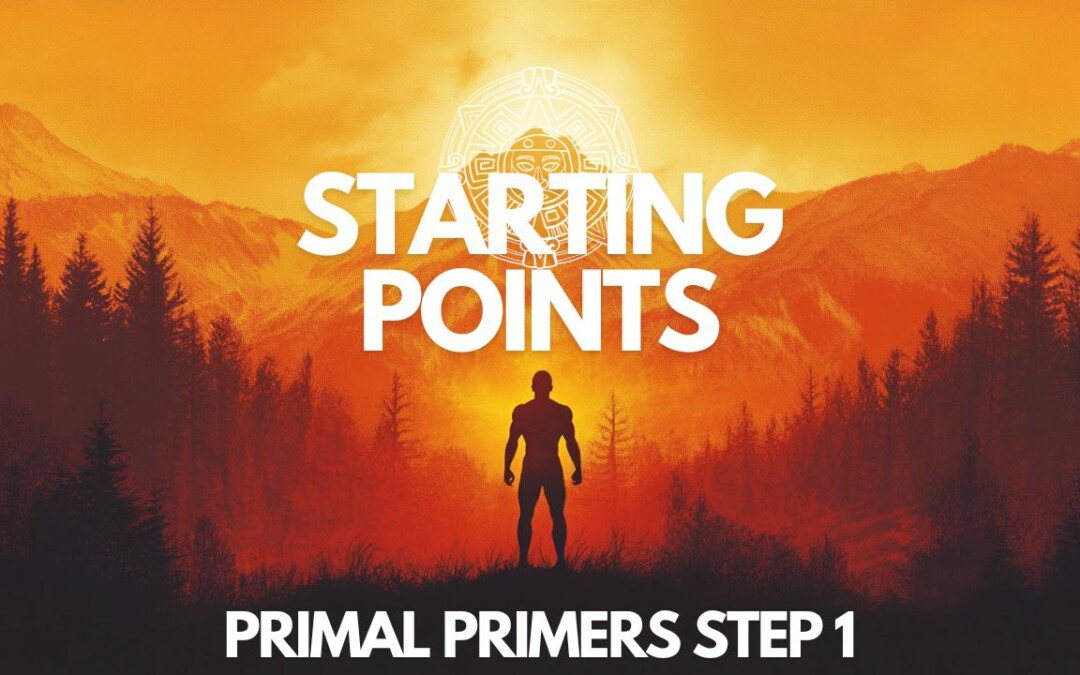Primal Primer 19 (Mentality)
Problem solving orientation is essential to the survival and evolution of our species. Skills cultivated over generations support adaptation to changing environments, overcoming challenges, and thriving in a wide range of ecosystems.
Cognitive Evolution – Larger brain size and activation of regions responsible for reasoning, memory, and planning evolved over time in levels of our species. Adaptation in early humans increased our ability to solve problems more effectively, abstractly, and with anticipation to future challenges.
Tool Use & innovation – Early humans began using simple stone tools to hunt, process food, and in defense & offense. Over years, tools became more sophisticated and further sharpened problem solving ability.
Adaption to Diverse Environments – From African savannas to ice tundras of Europe, sapien’s adaptation to extreme environmental challenges were met with tool use, shelter building, agriculture, and strategy adjustments; matching hunting / fishing & foraging patterns in concert with novel environmental rhythms.
Social Cooperation & Communication – Expert problem solving requires group coordination. Homo sapiens developed complex social networks, and through collaboration, shared resources, knowledge, and collaboration to solve problems. Language developments were also critical in tackling challenges; facilitating communication of idea, knowledge, and sharing of solutions across generation Teaching and learning was kindling to adaptation and evolution.
Planning & Foresight – Homo sapiens developed the ability for future planning; a foresight for stockpiling food, seasonal preparation change, and managing long term projects like building shelters or tools. Planning also extends to social structures; as rule creation, norms, and hierarchies manage growing group interactions.
Embrace Problems Worth Solving
Having a problem worth solving is one qualified definition of a Life Unifying Purpose (LUP). Identifying a problem and orienting long evolved problem solving faculties and energy in service to solutions leads to immeasurable good: brotherhood, legacy, purpose, and wealth. The world is full of problems. Choose wisely, and embark on solutions that save yourself and others.
~Cave Implementation~
Determine a problem that is sufficiently worth solving. Does the solution positively affect you, others, or environment? See the end point: what does the world look like with this problem being solved? Map out solution sets: requiring extensive planning, experimentation, management, scalability, and execution. We have been saving our worlds in each generation.
Determine A Problem That Is Sufficiently Worth Solving.














